A recent outbreak of the rare and deadly Nipah virus (NiV) has sickened at least 16 people and killed 13 in India.
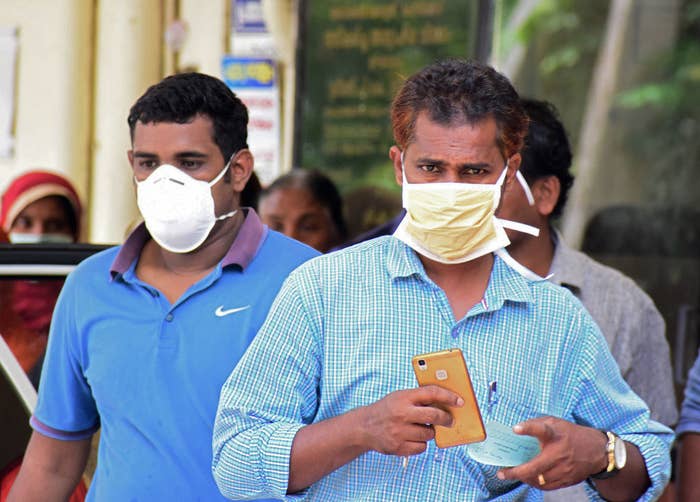
Health officials are currently working to contain the outbreak, which is the first cluster of infections in south India caused by the brain-damaging virus, according to the World Health Organization. Nipah virus is an emerging infectious disease with no known cure and a case fatality rate of up to 75%.
The outbreak was first reported on May 19 in the Kozhikode district of Kerala, and there have been a total of 25 suspected cases so far. Of these, 16 are confirmed and 13 patients have died, including a nurse who had been caring for infected patients at a hospital. According to the Kerala Ministry of Health and Family Welfare, the outbreak is localized. However, it has raised concern for many about the potential for Nipah to spread to other parts of the world, becoming a pandemic.
Nipah virus was first identified in 1999, after an outbreak among pig farmers in Malaysia, according to the WHO. The natural reservoirs of the virus are the fruit bats of the Pteropodidae family, which are are found in the Eastern hemisphere. There have been annual outbreaks of Nipah in Bangladesh since 2001, and several outbreaks in eastern India.
If you've never heard of the Nipah virus before, you are not alone. It is incredibly rare, and there have only been a handful of large-scale outbreaks in South and Southeast Asia in the last 20 years.
So what exactly is the Nipah virus, and how does it spread?
The virus typically spreads to people from infected fruit bats. Less commonly, it spreads from person to person through direct contact.
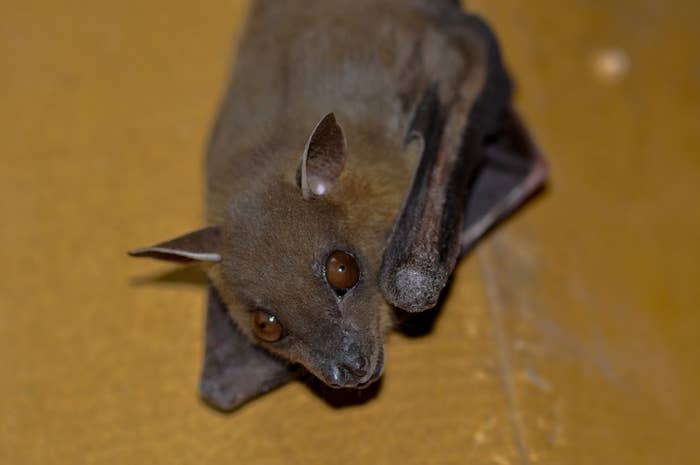
Nipah is a zoonotic infection, meaning it is transmitted to humans from animals carrying the disease. "The virus coevolved with bats over millions of years, so it doesn't cause the bats any problems, but the issue is that other mammals can be infected, like pigs or dogs or horses," said Dr. Stephen Luby, an epidemiologist and Nipah expert at Stanford University in Palo Alto, California. When the virus jumps to another animal species, it can make the animals very sick.
The virus is thought to spread through the saliva and respiratory secretions or droplets from infected bats. During the Malaysia outbreak, people contracted Nipah from direct contact with infected pigs or their tissues. "In Bangladesh, the virus affected people who ate raw date palm syrup. ... Bats lick the stream of sap and they can shed Nipah in the sap," Luby said.
Nipah can also spread from human to human, often in health care settings. "We think that the primary pathway of human-to-human transmission is exposure to respiratory secretions, so family members or other people caring for those sick with Nipah are most likely to get infected," Luby said.
Health officials have not confirmed the origin of the Kerala outbreak, but it is spreading between humans. Some outlets have reported that the virus infected people who ate fruit bitten by bats, but there is little evidence to support this. "We have never seen this [infected fruit] as a pathway for Nipah infection," Luby said.
Nipah virus symptoms include a respiratory infection, fever, and mental confusion. Severe cases may lead to seizures or encephalitis, and the case fatality rate can be 75%.
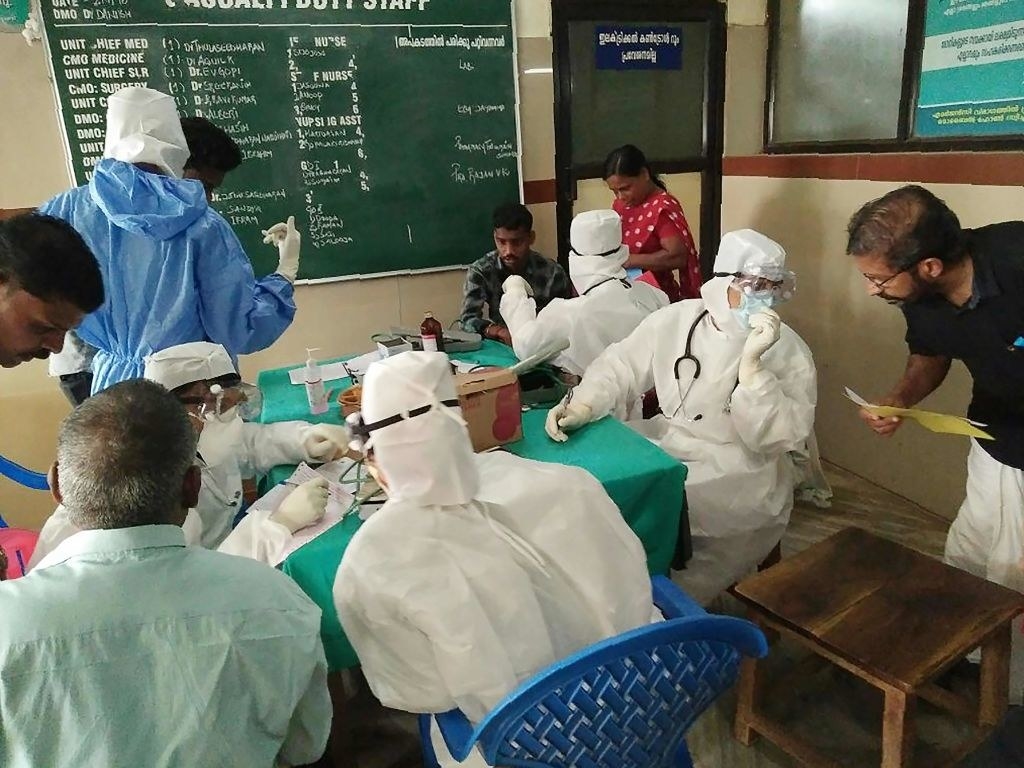
Nipah can be difficult to diagnose because of the wide range of symptoms. Some people may have no symptoms at all, Luby said, while others have flu-like symptoms: fever, fatigue, sore throat, and muscle aches. Symptoms usually begin within a few days of infection and a diagnosis can be confirmed with laboratory testing. Once a diagnosis is made, the only treatment is supportive care — there is no medication or vaccine for Nipah.
The virus can lead to inflammation of the brain (encephalitis), which can cause confusion, seizures, coma, or even death. Nipah can also cause a respiratory infection that leads to severe or potentially life-threatening pneumonia, and a portion of those who survive have reported long-term cognitive defects, Luby said.
"When the virus goes into the body, it spreads through the bloodstream, it causes widespread vasculitis, and we know it likes to settle in the brain stem and the lungs," Luby said. Vasculitis is an inflammation of the blood vessels.
People may have either the respiratory infection, encephalitis, or both. "There's a difference with the strains; some have a tendency to go to the respiratory tract — in this outbreak we are seeing this, and person-to-person transmission, which suggests a respiratory pathway," Luby said.
If Nipah virus sounds familiar, that's because it served as inspiration for MEV-1, the deadly virus from the movie Contagion.
The virus still doesn't transmit efficiently between people, which is required for a wider outbreak, but it's possible that the virus could mutate in the future.
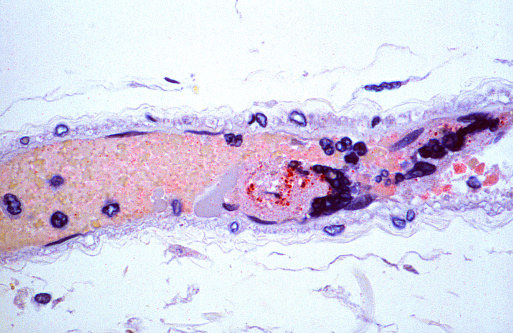
Right now, Nipah is not an airborne virus so it can't spread easily and efficiently between people, like the flu or measles can. "Most people who get Nipah do not spread the virus. Only about 1 in 10 people who get Nipah will pass it on to another person," Luby said. Most outbreaks of Nipah are relatively small and localized. "I suspect there's a lot of Nipah in India that goes unreported because many cases are sporadic and not all of them lead to encephalitis," Luby said.
"In order for a virus to become pandemic, it needs to spread efficiently from person to person. Nipah is not nearly efficient enough," Luby said. That being said, viruses like Nipah are a concern because of their ability to mutate and jump between species. "Of course, we worry that viruses can change, and it looks to us like different strains of NiV have different capacities, so it's conceivable that a strain changes or there's already one out there more capable of human-to-human transmission," Luby said.
Currently, there are no Nipah virus–related travel warnings for people going to or from Kerala.
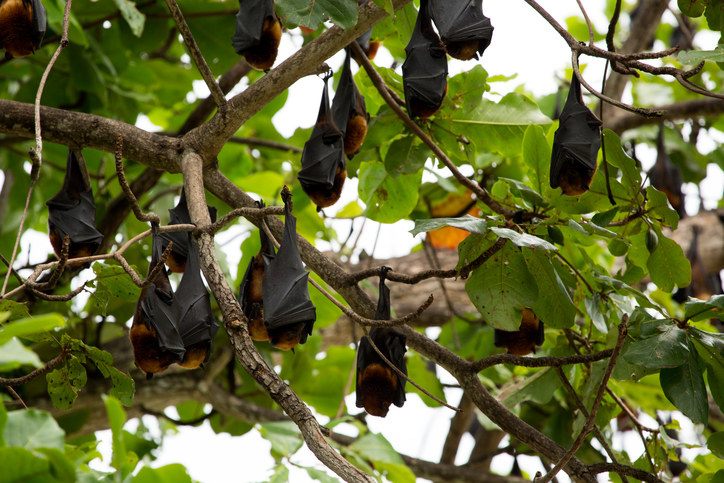
Nipah is on the WHO's priority list of emerging diseases that could cause global pandemics, next to Ebola and Zika. However, does this mean you should lose sleep over it? No, Luby said. The virus might have the potential to mutate at some point in the future and become more likely to spread, but this is not happening right now and there's no reason to panic.
The virus is carried by a specific type of fruit bat native to the eastern hemisphere, so bats in other regions would not be susceptible, Luby said. The WHO has not issued any travel warnings or Nipah entry screenings for people going to or from Kerala.
"It's a reminder to us that there are potentially pandemic viruses out there ... and to pay attention to these zoonotic diseases that can spill over to other species," Luby said.
